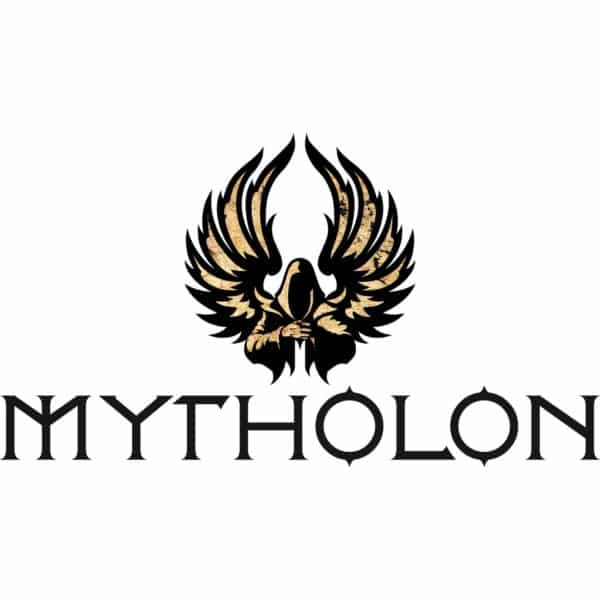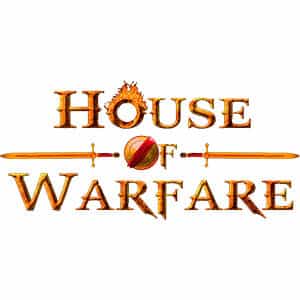The question as to ‘when the Middle Ages began’ is a simple one on the surface. Everyone knows that the Middle Ages are when brave knights slew dragons, when most people were peasants, and when everywhere was ruled by Kings and Queens, right? And this is absolutely true – all of these things are key features of the Middle Ages (apart from the dragons). But figuring out when one era ends and another begins is a much muddier issue. For example, kings, queens and peasants existed both before, and after the Middle Ages. Some nations (including many developed ones like the UK, Denmark, Saudia Arabia and so on) are still monarchies, either constitutional or absolute. Many countries continue to have large agrarian populations. Does this mean that we are still in the Middle Ages? Of course we aren’t… But defining precisely why is trickier. The process of sorting the world into different eras is named with a bit of historian’s jargon: ‘periodization’. It asks the question: what is present at the start of this era, that is no longer present in order to define its end? So the question of ‘periodization’ is about teasing out what is essentially ‘Middle Aged’ about the Middle Ages.
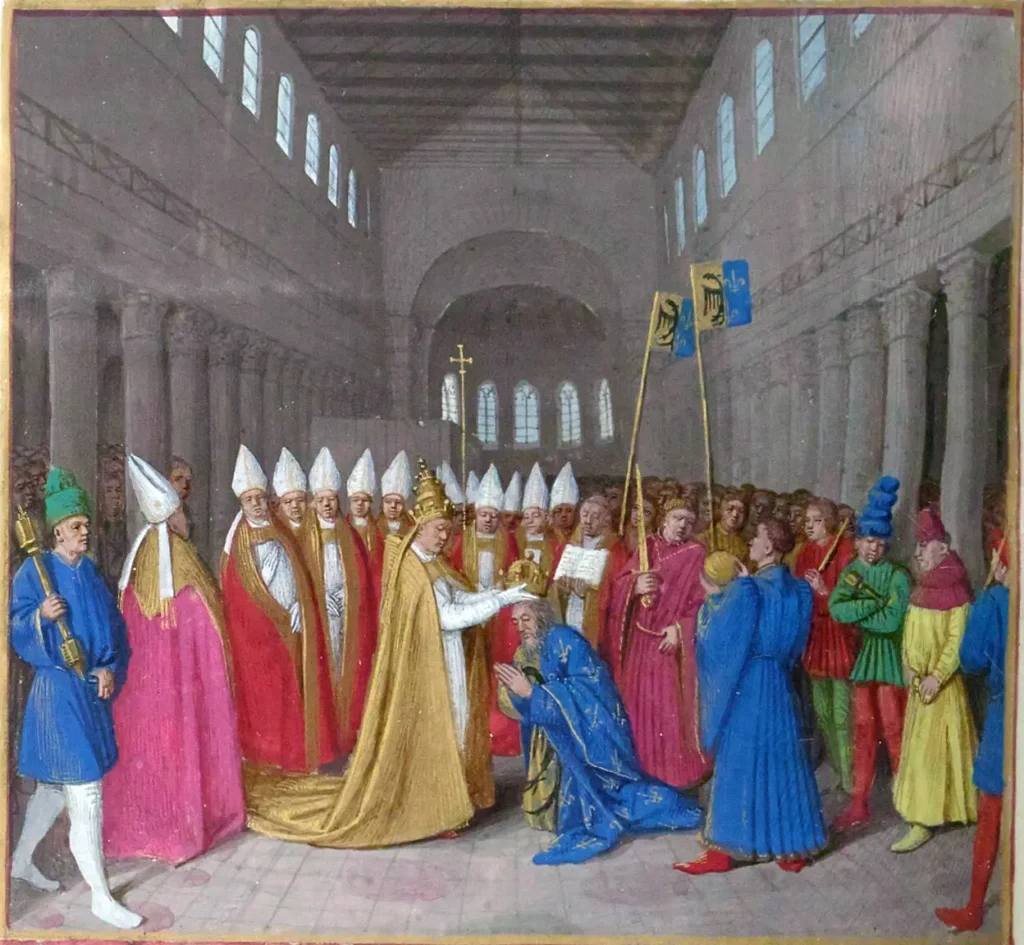
Here, we shall look at several different ways to define the Middle Ages. We’ll explore the different words that we use for the Middle Ages (like the ‘Medieval’, or even the ‘Dark Ages’). We’ll examine how people in the Middle Ages thought about their own place in history, and how they defined their own world. And ultimately, we’ll see how the way we define eras of the past tells us more about ourselves than we’d care to admit.
The Traditional View
Traditionally, historians have used a three-part schema for recorded history: Classical Antiquity, the ‘Middle Ages’, and the Modern era.
Antiquity
The first of these is Classical Antiquity. It begins in Ancient Greece around the 7th century BCE, with the earliest recorded epic tales of Homer. It continues through the emergence of Roman republicanism at the beginning of the 6th century CE, throughout the rise and expansion of the Roman Republic, and its collapse into Imperial rule in 27 BCE. Classical Antiquity reaches its highest expression in the Roman Empire, which dominates Europe until its ‘fall’ at the end of the 5th century CE. The endpoint of Roman rule defines the end of the Classical era, with this date traditionally dated to 476 CE, with the deposing of the ‘last’ Western Roman Emperor Romulus Augustulus by the ‘barbarian’ general Odoacer.

The Middle Ages
Secondly is the ‘Middle Ages’. The ‘middle’ in this traditional three-part schema is from its position between the Ancient and the Modern. The ‘Middle Ages’ therefore, begin at the end of Roman hegemony, and extend through the barbarian kingdoms and successor states, through the emergence of larger unified states like the Kingdoms of France and England by the 9th century CE, through the Viking expansion of the 9th – 11th centuries. It encompasses the rise of feudalism and the Crusader era. It spans the Black Death, and the rise of urbanism. It saw the invention of the printing press, the emergence of the Reformation and the first existential challenge to the Catholic Church, and the development of stable bureaucratic states that existed independently of individual rulers. The Middle Ages have been traditionally dated to end in the first quarter of the 16th century.
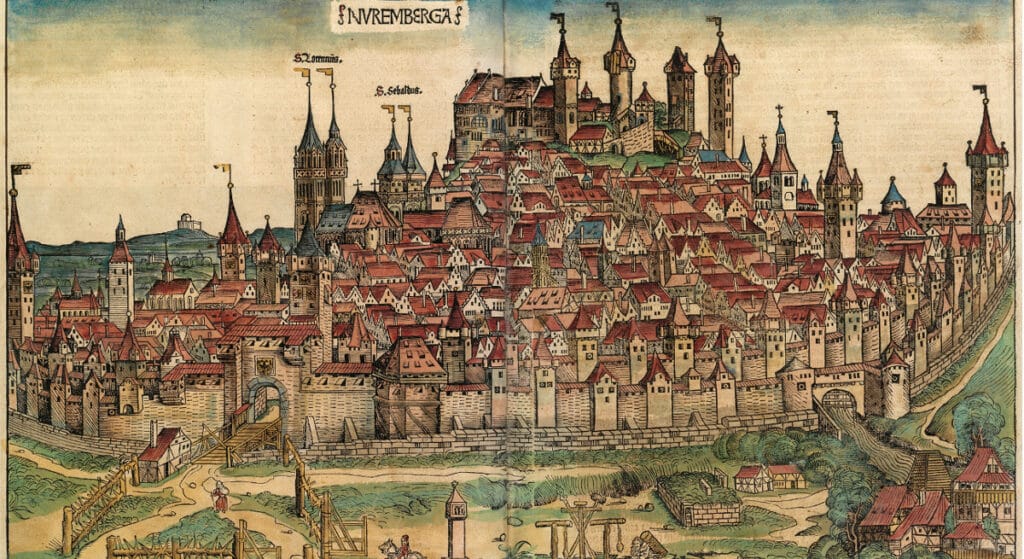
The Modern Era
Finally is the Modern era. Beginning where the Middle Ages end, with impersonal bureaucratic states that vied for power on a grander scale than ever before, the Modern period sees the emergence of scientific rationalism and the Enlightenment. It encompasses the history of imperial expansion of European states on a worldwide scale, international trade and finance. It sees the revolutions of the late 18th and early 19th century, with the end of ancient regimes and the institution of secular liberal democracies. It encompasses industrialization, with the dissolving of old bonds of feudal loyalty and its replacement with cold, hard cash. It saw the emergence of ‘total war’, with entire societies mobilized, leading to the most terribly destructive wars in human history, with the First World War and the Second. It charts the rise of fascism and communism, the Cold War and the logic of mutually assured destruction. It introduced information technology and a global information network. It saw the elimination of many diseases with vaccination and mass healthcare, and the first glimmers of artificial intelligence.
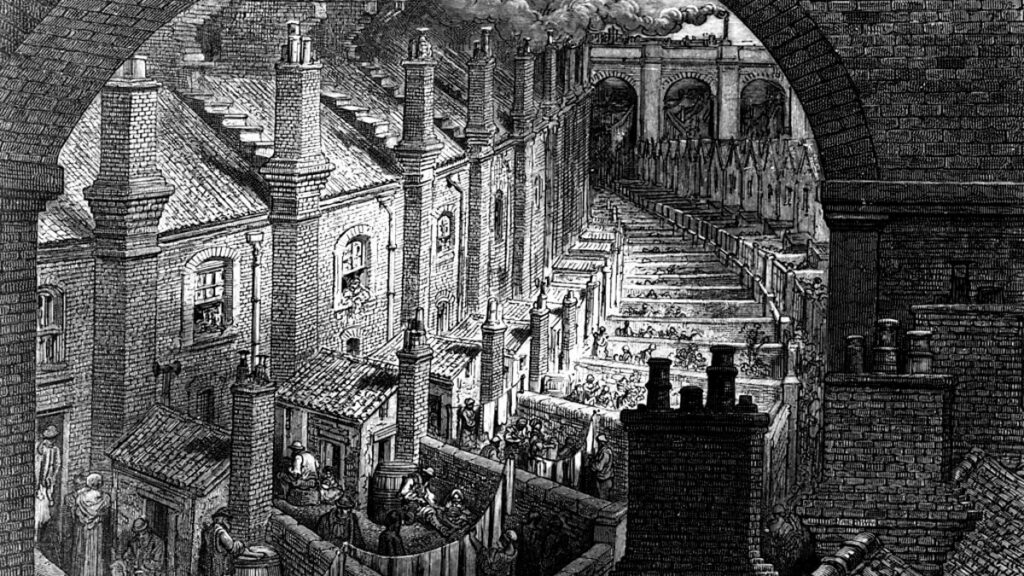
When In Rome
On the surface, the tripartite Classical / Middle Ages / Modern schema seems like a logical setup: it gets us clearly from ancient societies, to medieval ones, to modern ones. But when we start to look a little deeper, we can begin to see the assumptions that this schema, with its beginning of ‘the Middle Ages’ in 476 CE, relies upon.
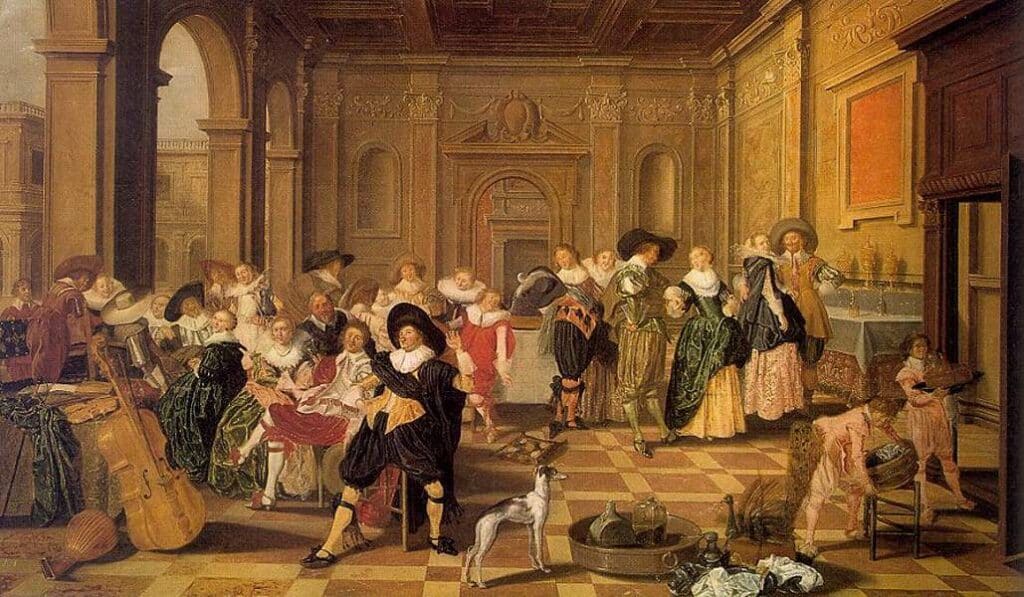
The ‘three-part’ history was first proposed by Florentine historian Leonardo Bruni in the 1440s, who, writing amidst the Italian Renaissance, divided history into three ages. In his History of the Florentine People, Bruni dated the fall of the Roman Empire to 476 and the coup by Odoacer, and he placed this as the end of the ‘ancient’ period. Following this was a five-century interregnum or ‘dark age’ in which Roman customs and styles, followed by his present age in which the restoration of Roman culture was occurring. Bruni’s world was one in which the Italian Renaissance was in full swing: the Renaissance (literally, the ‘rebirth’ or ‘rediscovery’) was a consciously Classical social movement, driven by the rediscovery of Ancient Greek texts and Roman political philosophy – it sought very deliberately to recreate the glory of Rome in art, literature, architecture and political forms. History, to Bruni, was defined by ‘Roman-ness’, a stand-in for everything that was socially desirable. The Middle Ages, therefore, were defined by the absence of Roman-ness: beginning with the end of the Roman Empire (arbitrarily dated to the last nominal Roman Emperor).
A Friend To Empires
This view of history as defined by Roman cultural values contains some troubling corollaries. Far from being objective and interested in nuanced reality, it imposes a normative and oversimplified narrative onto the past. The ‘good’ or ‘light’ Roman Empire was overcome by the ‘dark’ ‘barbarians’, and only now are we reconstituting what was lost. This view of history became woven into the fabric of Western European historical analysis in the 17th century, which is where we first see the phrase ‘Middle Ages’ explicitly applied to the middle period between Rome and the Renaissance. The Enlightenment saw the first glimmers of the modern discipline of history, with writers who began to make systematic attempts to grapple with the fall of Rome and the beginning of the Middle Ages using (or at least attempting to use) documentary evidence and inductive reasoning. However, these writers were not without their pitfalls and biases. Edward Gibbon’s landmark The History of the Decline and Fall of the Roman Empire was probably the first work to attempt to apply history as a social science to the beginning of the Middle Ages – and although some of his conclusions are remarkably insightful (bureaucratic overstretch, the impact of military defeats, etc), his main thesis is that the Roman Empire fell precisely because it turned away from Roman civic virtue, embracing irrational Christianity and ‘barbarian’ ways.
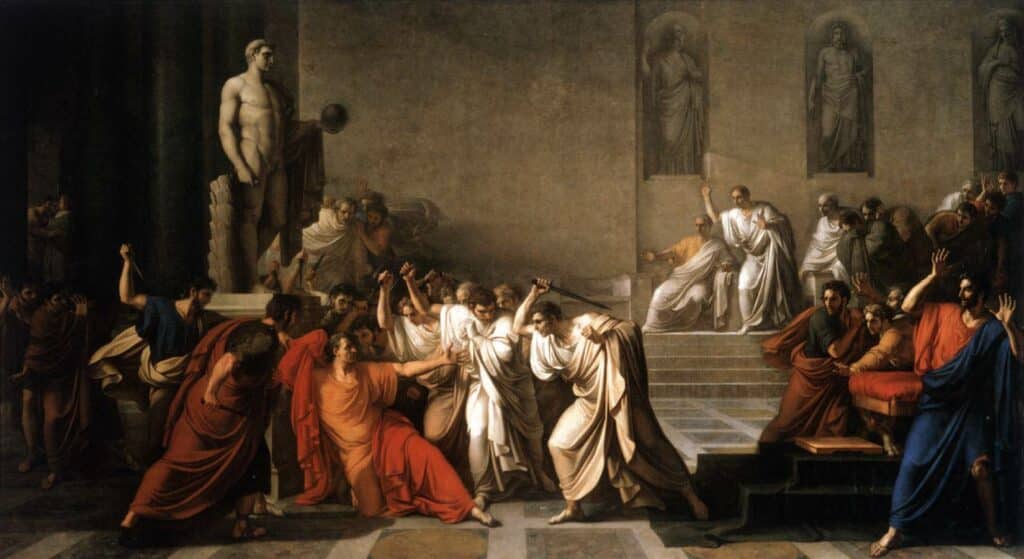
Empire and its Discontents
The late 18th century Romantic movement rejected Enlightenment rationalism, and looked to the Middle Ages as a beacon of hope in a rapidly changing world amidst industrialization and the fall of ancient regimes. For them, the Middle Ages were not a ‘dark age’, but an idealized model for a better society than the one in which they found themselves; one in which bonds of service rather than impersonal financial transactions governed the lives of men and women. It is unsurprising that the horrors of early industrial capitalism should evoke such a reaction.
But it was the Victorian-era historians who strongly set in our ‘tripartite schema’, largely predicated on Roman values, cursing the Middle Ages to little beyond a ‘dark age’. This was inherently appealing to Western Europeans in France, Britain, Germany and other highly developed countries, because they themselves had become imperial powers, controlling vast swathes of territory in other places, funnelling wealth and raw materials to domestic coffers and industries, whilst indulging in terrible crimes of imperial excess. Rome, in this context, was not only a state to be emulated in its conquest in a narrowly material sense – but it was also a moral justification for the rightness of the rule of white Europeans over ‘lesser’ races. There is no more explicit example of this than the enormous mural which Queen Victoria had commissioned as a centerpiece in her Osborne House residence on the Isle of Wight: Neptune Resigning to Britannia the Empire of the Seas directly states that the British Empire was the successor to Rome in might and expanse.

Decolonizing the Middle Ages
From the 1970s onward, there has been a serious effort to ‘decolonize’ the historical academy: to strip out the monocultural assumptions and harmful ramifications of Anglocentric history, and to create more pluralist histories that more fully represent the true diversity of experiences that have existed throughout the past. When we start more fully to look at how Medieval people actually understood their own history and their experiences of the times they lived in, we can gain a much richer understanding of the past.
Norse In The Middle
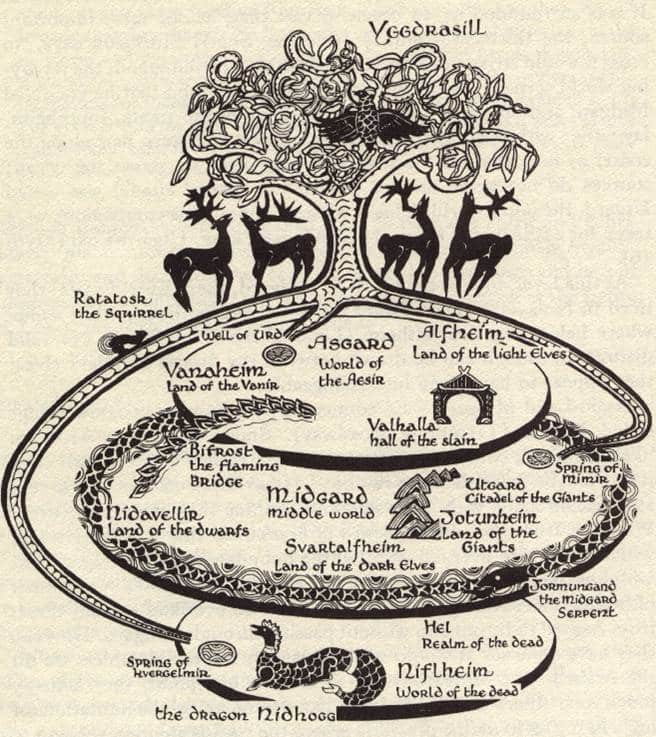
The concept of inhabiting the ‘middle’ realms between two other periods or planes is not at all a rare concept in Medieval eschatology and mythology. Norse belief systems describe the physical realm as the ‘middle enclosure’ (Old Norse: Miðgarðr, often Anglicized to ‘Midgard’) – parallel to the realm of the gods (Ásgarðr, ‘enclosure of the Aesir’, Anglicized to ‘Asgard’), and the frozen netherworld of Niflheimr (‘land of mists’). This idea of an intermediate space between others was imported into JRR Tolkein’s The Lord of the Rings and associated stories, which are set in the land of Middle Earth. The recorded Norse sagas are complex documents, having been written by Christian Icelanders after the end of the Viking Age, but their conception of history places their ‘now’ in an intermediate place between the age of heroes and dragons, and the eschatological events of Ragnarǫk. Reading the end-of-the-world stories of the Vikings is a strange experience, because they are all written in the past-tense, as if describing something that has already happened.
Time Is A Flat Circle
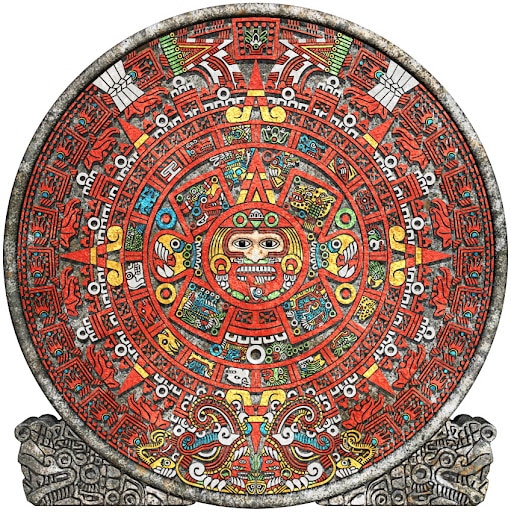
However, some methods of understanding history are very different to the ‘tripartite schema’ we are familiar with – indeed, some reject linear time entirely. Interpreting the belief systems of pre-Columbian civilizations in the Americas is an uphill challenge, since an enormous amount of cultural information and context has been wiped out by colonial destruction of peoples and ancient sites – but it appears that Mayan civilization had a much more circular concept of history. Their Long Count calendar became the subject of much hysteria in 2012, when its revolution to the beginning of the next bʼakʼtun (roughly 394 years in length) caused various predictions of apocalypse that were founded upon ill-informed and ahistorical speculation. Nevertheless, in such a cyclical system, talking of a ‘start’ of the Middle Ages makes even less sense.
Ultimately, our conception of the start of the Middle Ages is not one that will shift any time soon. It does contain some merit: the broad idea of a shift from Roman imperial hegemony to a historical dynamic driven by feudal relationships is a good way to define the start of a new historical era, and the arbitrary date of 476 CE is as good as any to represent this shift. But historians and history enthusiasts must work constantly to undermine the assumptions of imperialist history that still casts its long shadow over our understandings of the past.

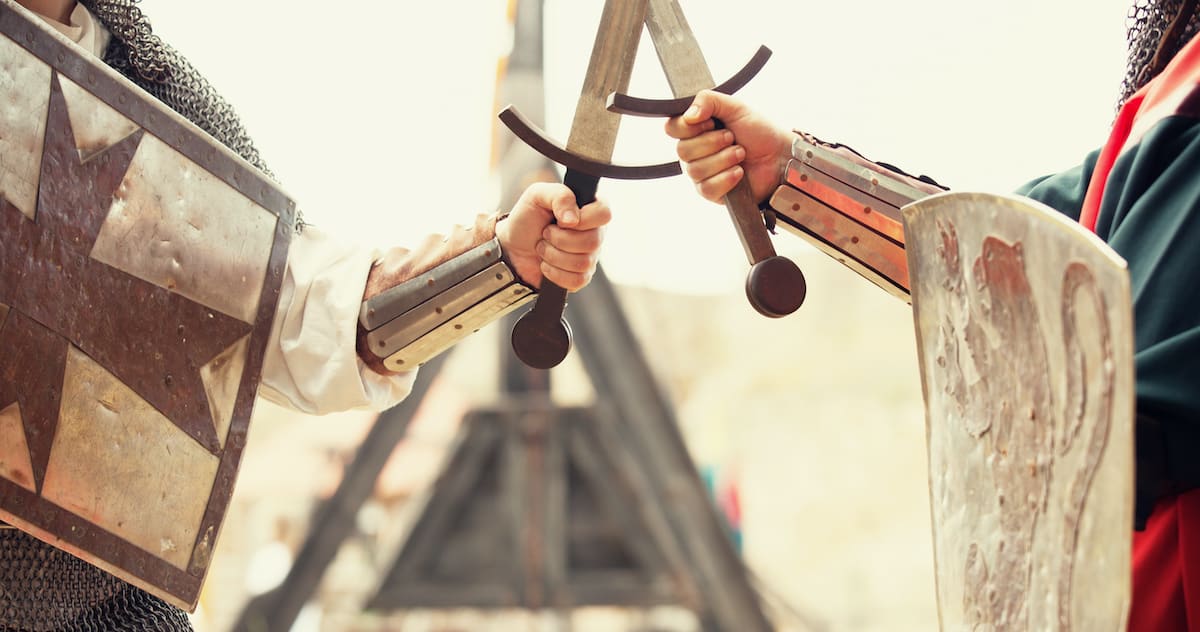 Historical Swords
Historical Swords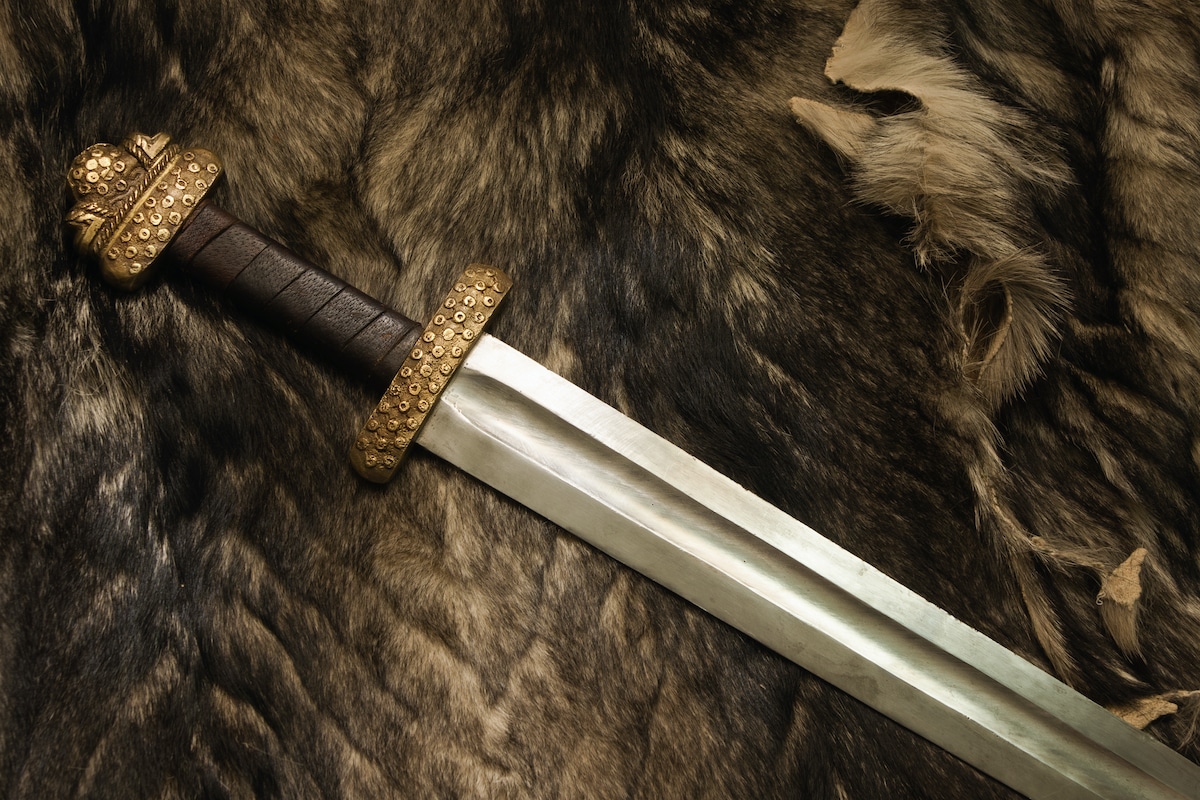 Norse & Viking Swords
Norse & Viking Swords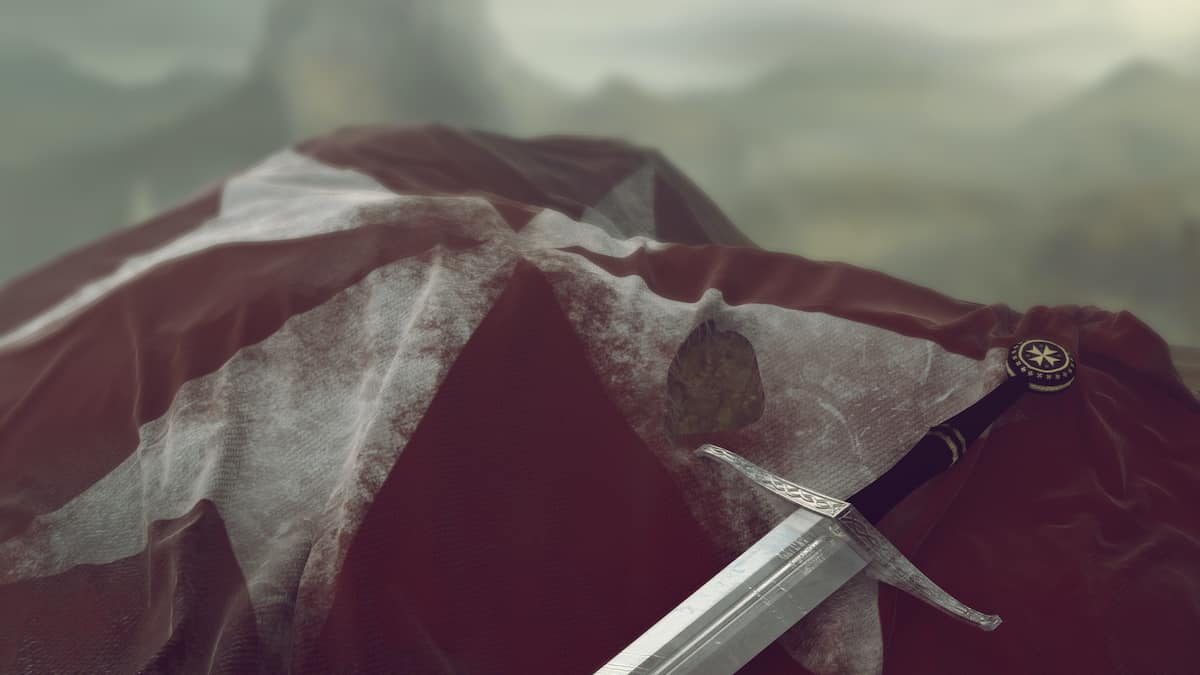 Templar Swords
Templar Swords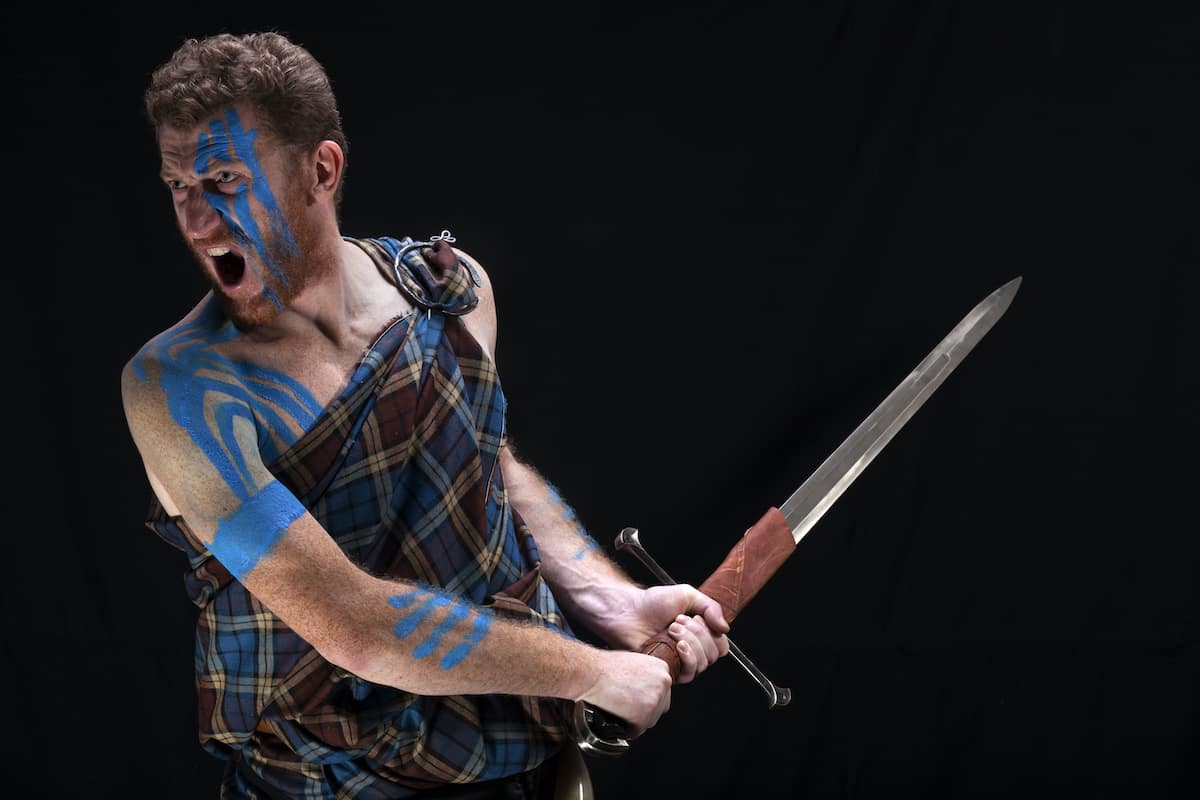 Claymore Swords
Claymore Swords Fantasy Swords
Fantasy Swords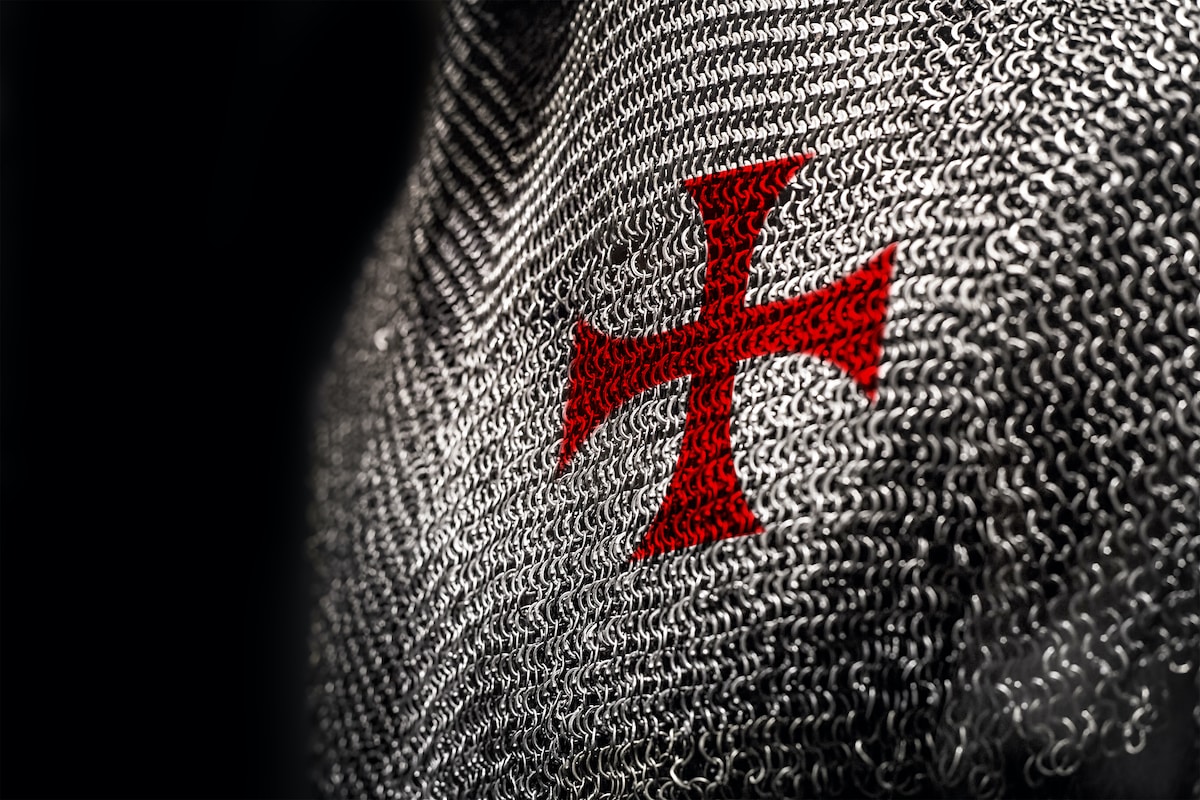 Chainmail
Chainmail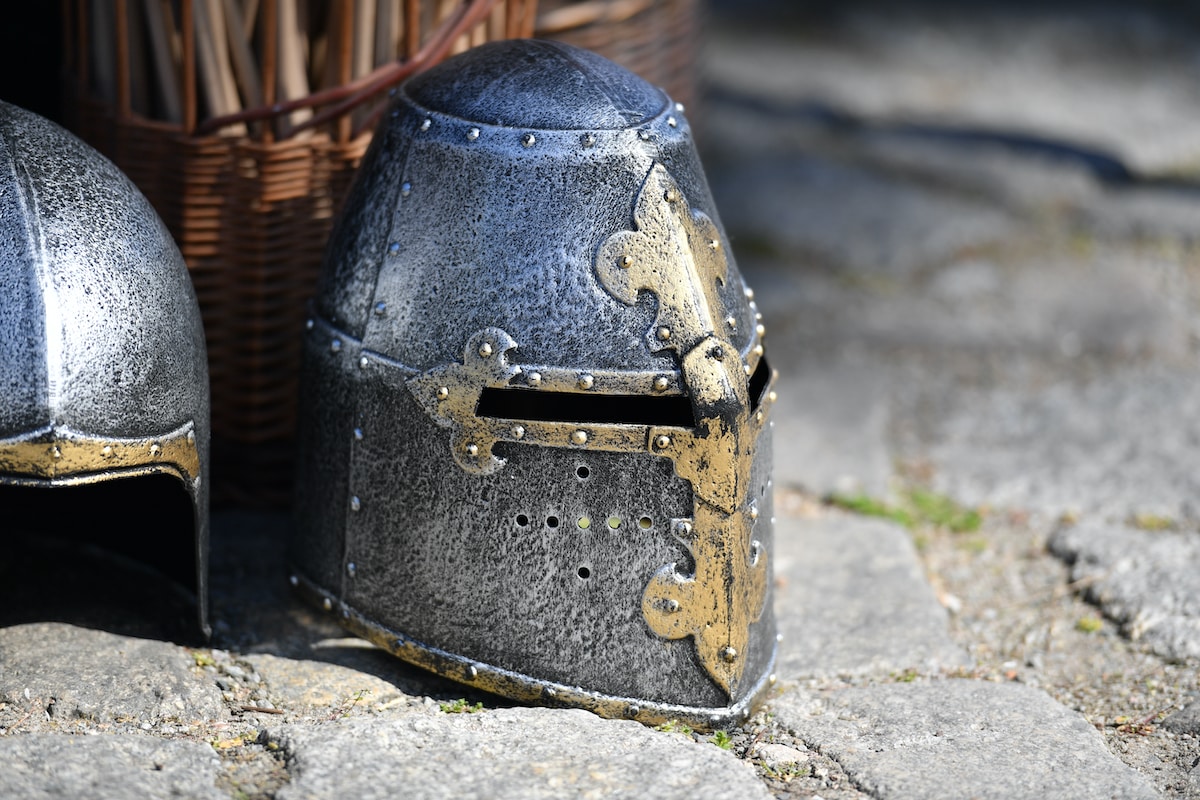 Helmets
Helmets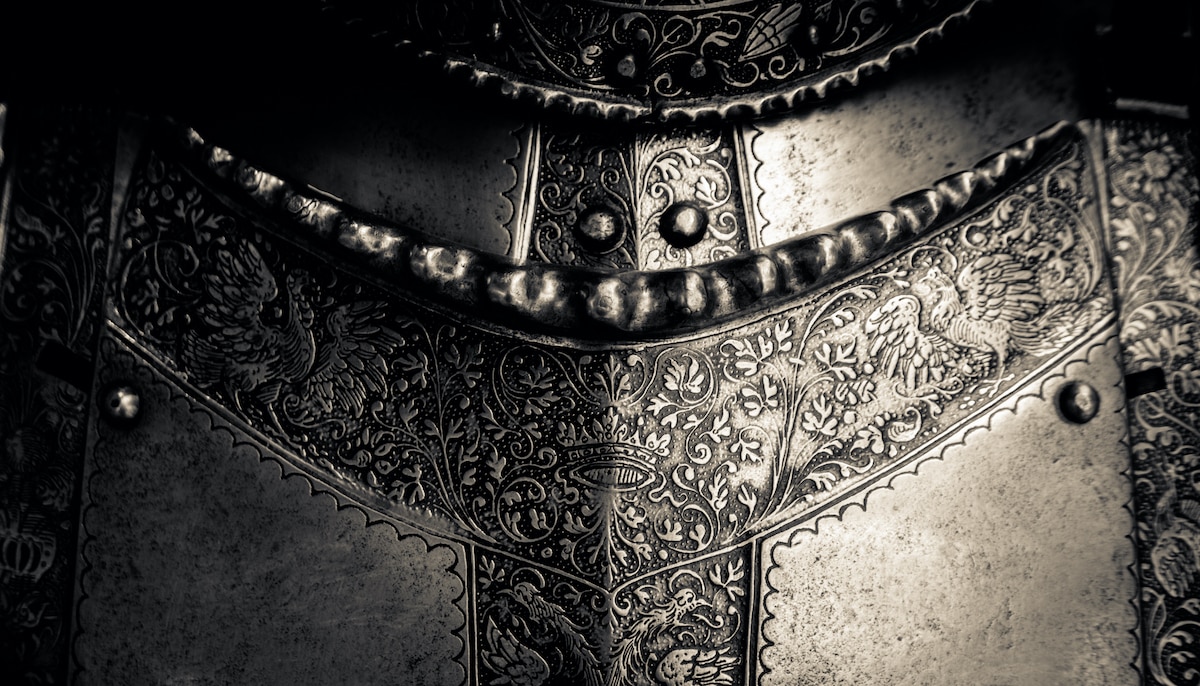 Torso Armor
Torso Armor Bracers and Arm Protection
Bracers and Arm Protection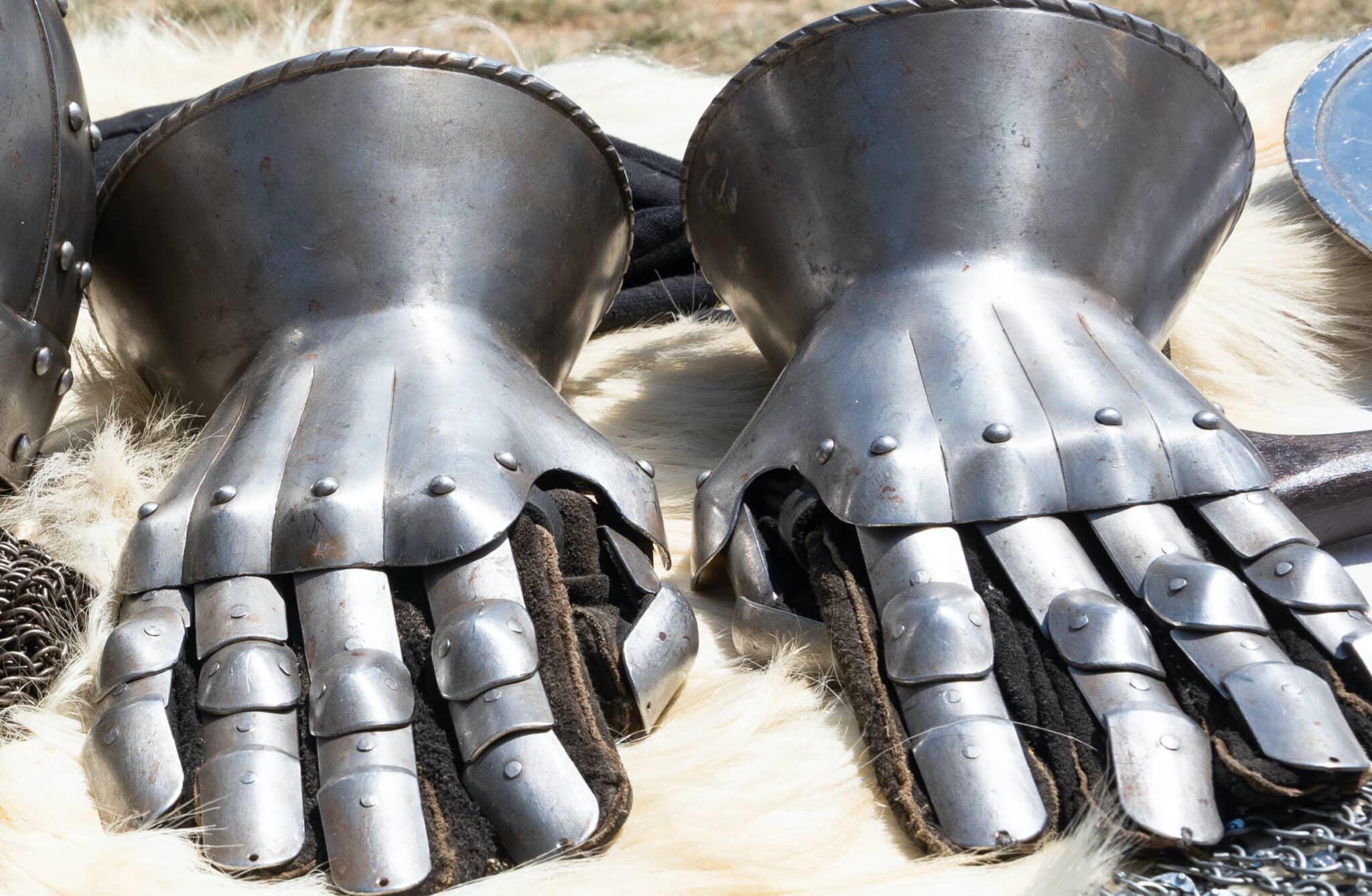 Gauntlets
Gauntlets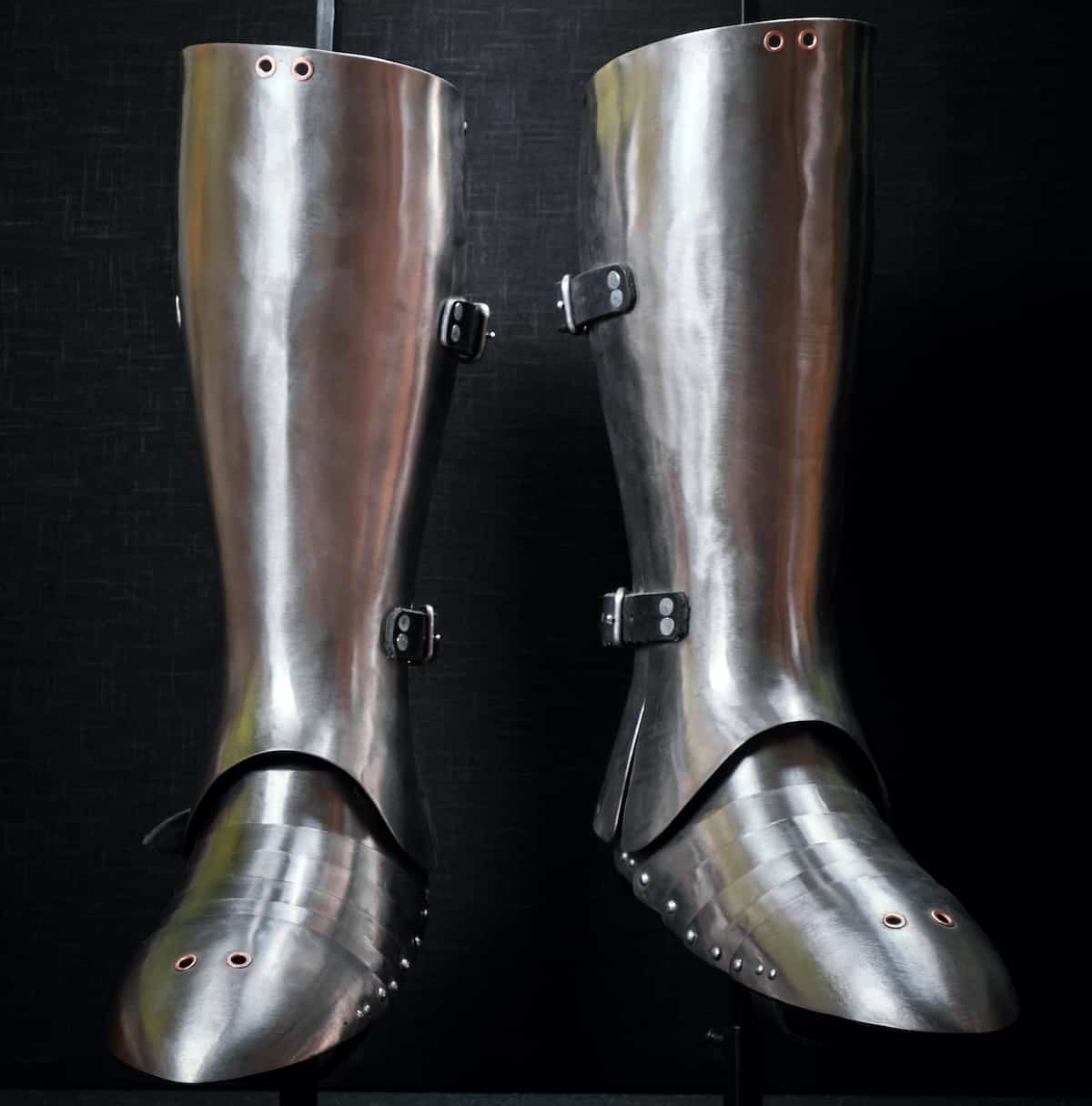 Leg Armor
Leg Armor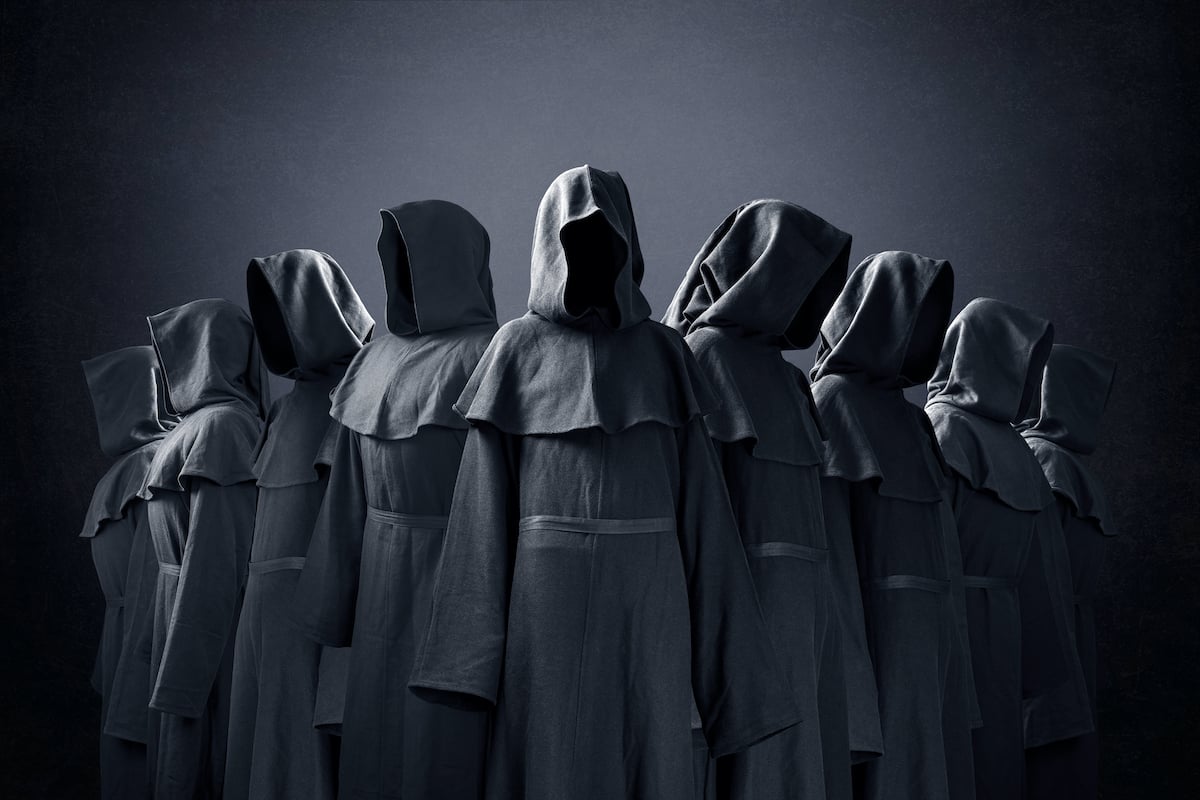 Cloaks
Cloaks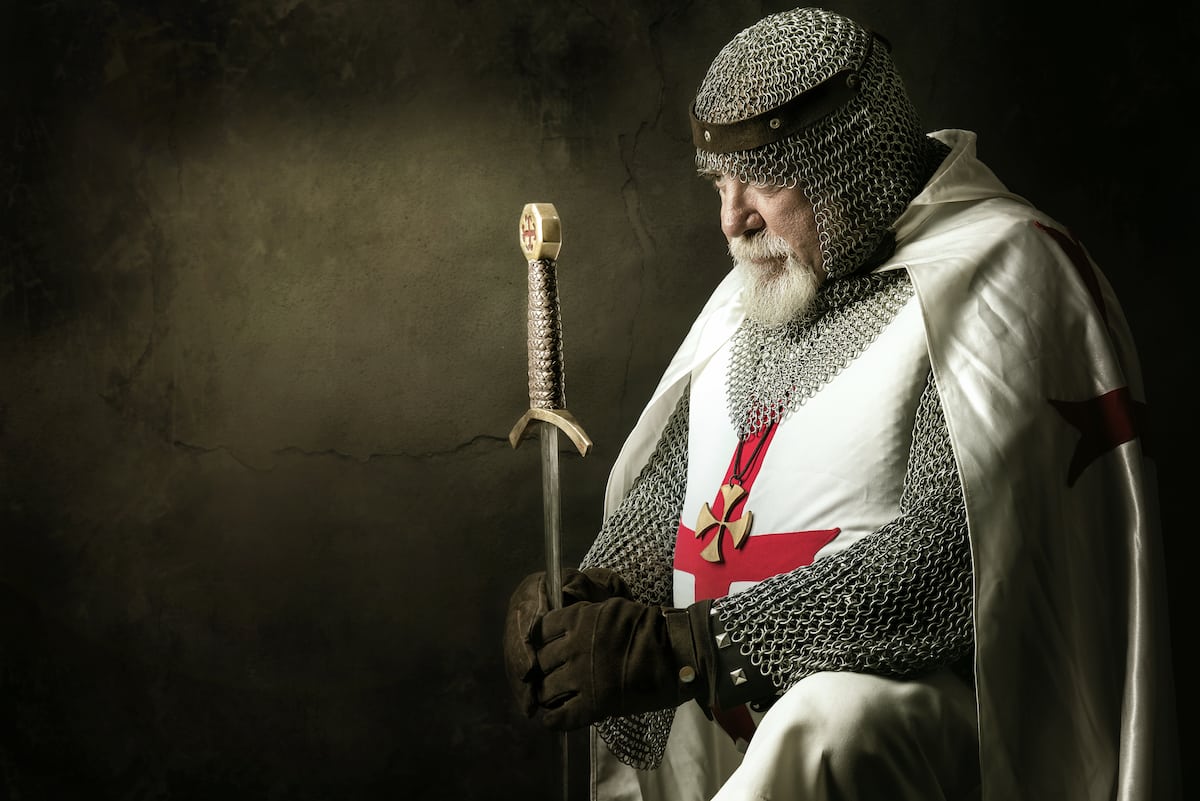 Tabards
Tabards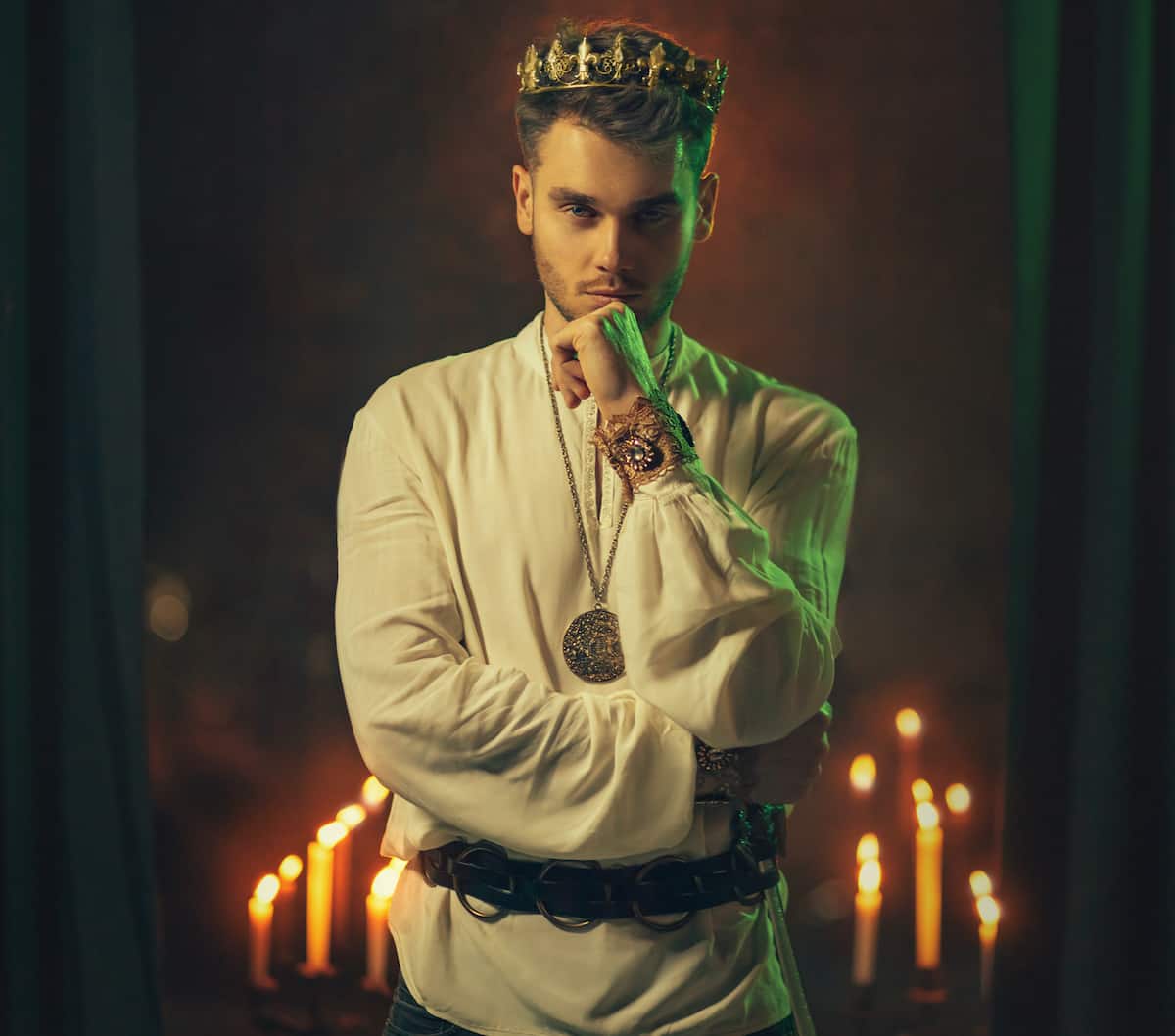 Shirts
Shirts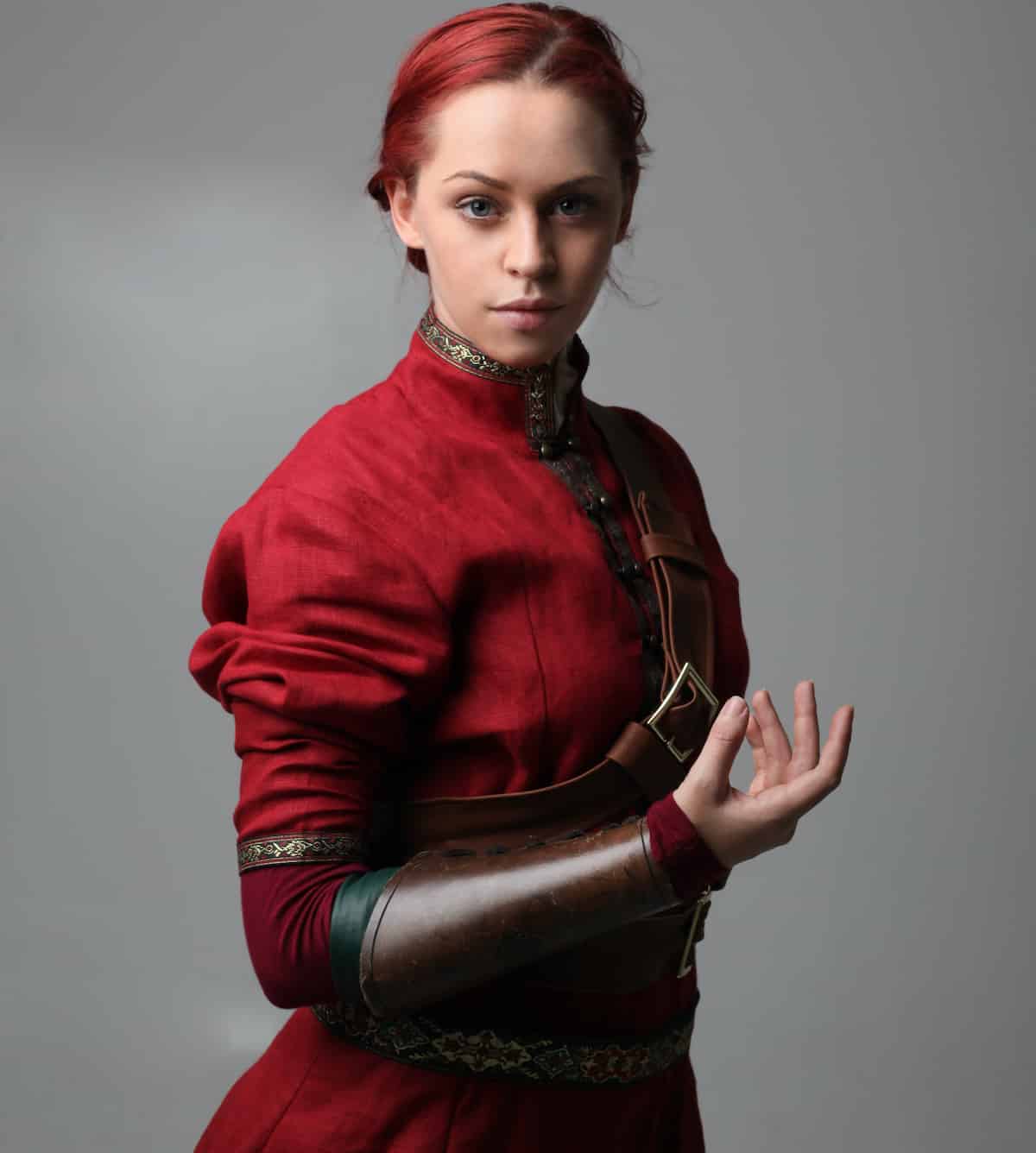 Tunics
Tunics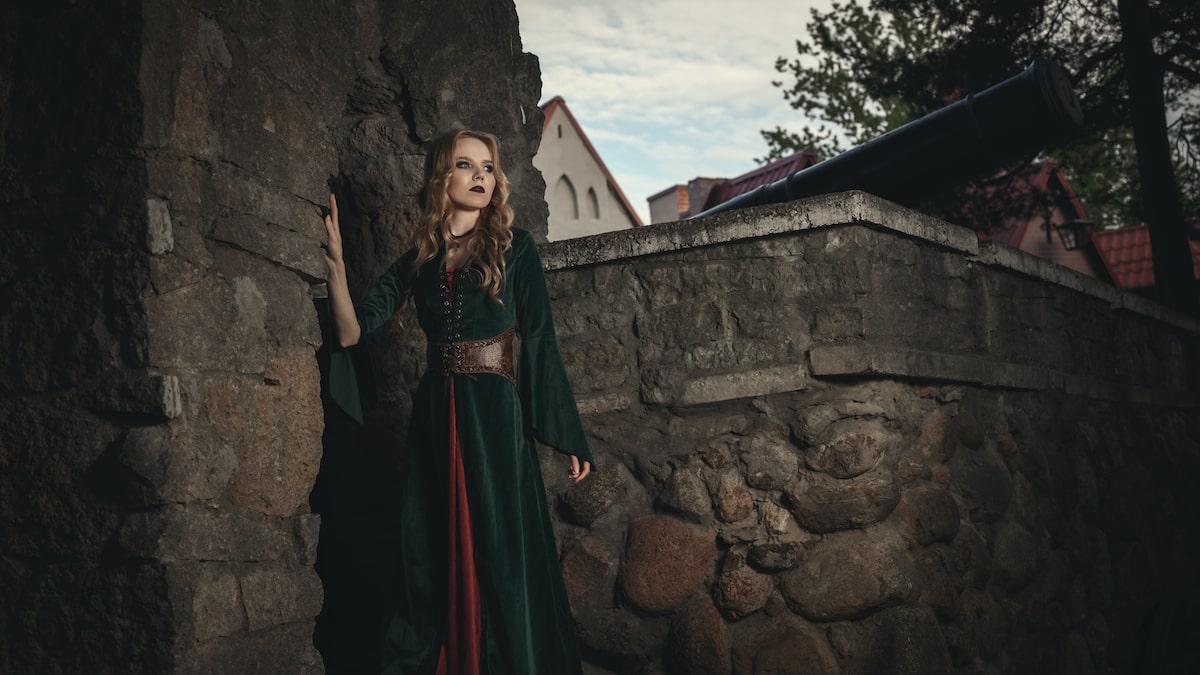 Dresses
Dresses Pants
Pants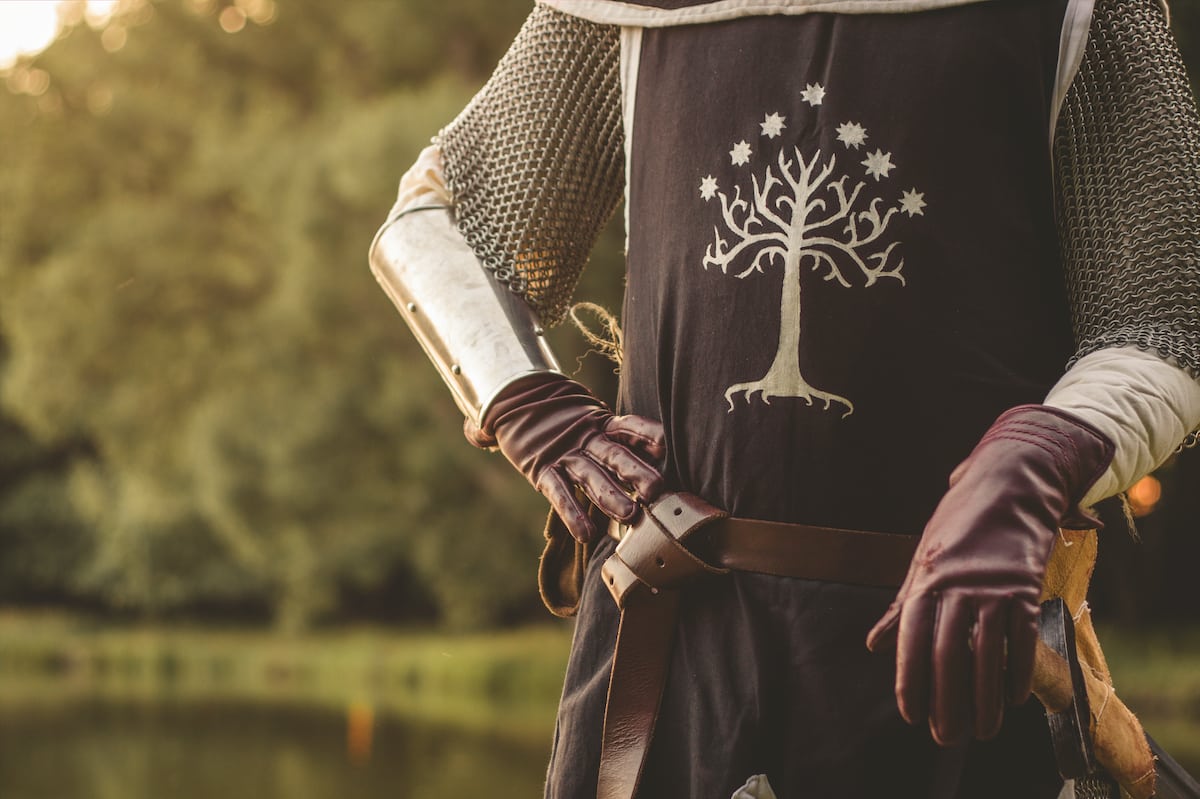 Gloves
Gloves Belts
Belts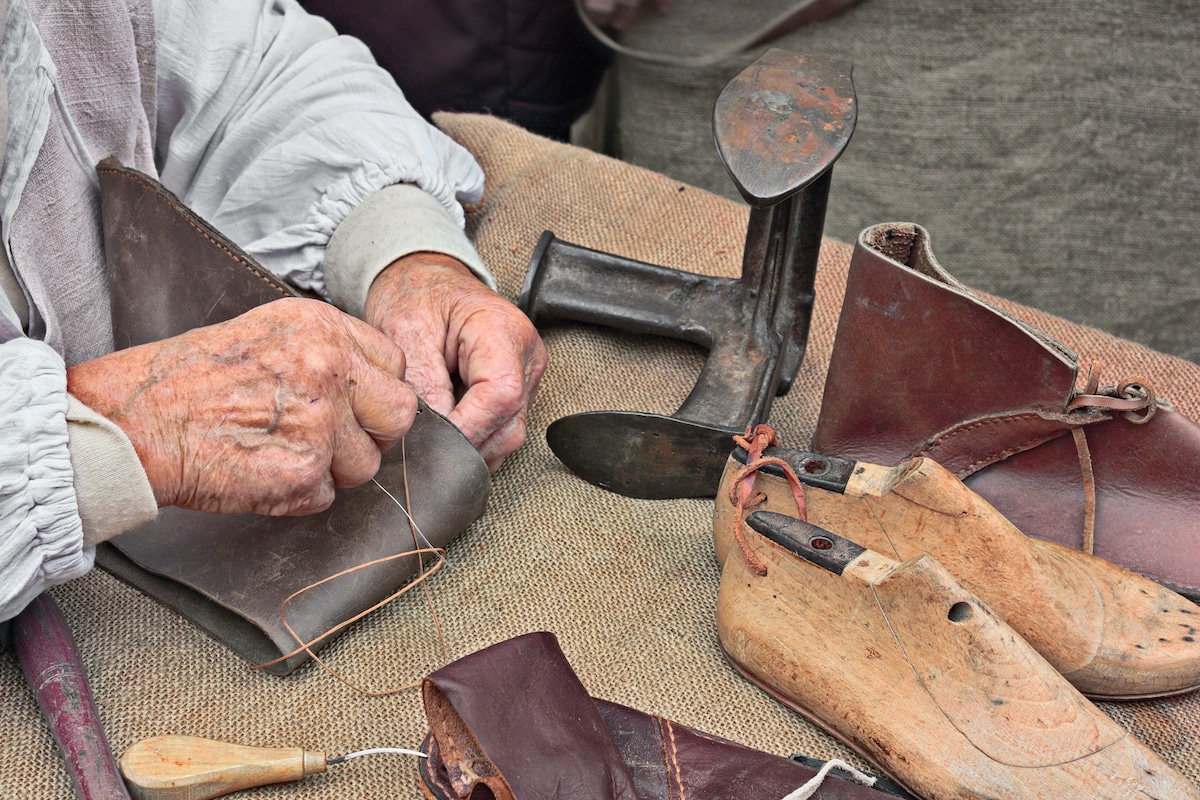 Shoes
Shoes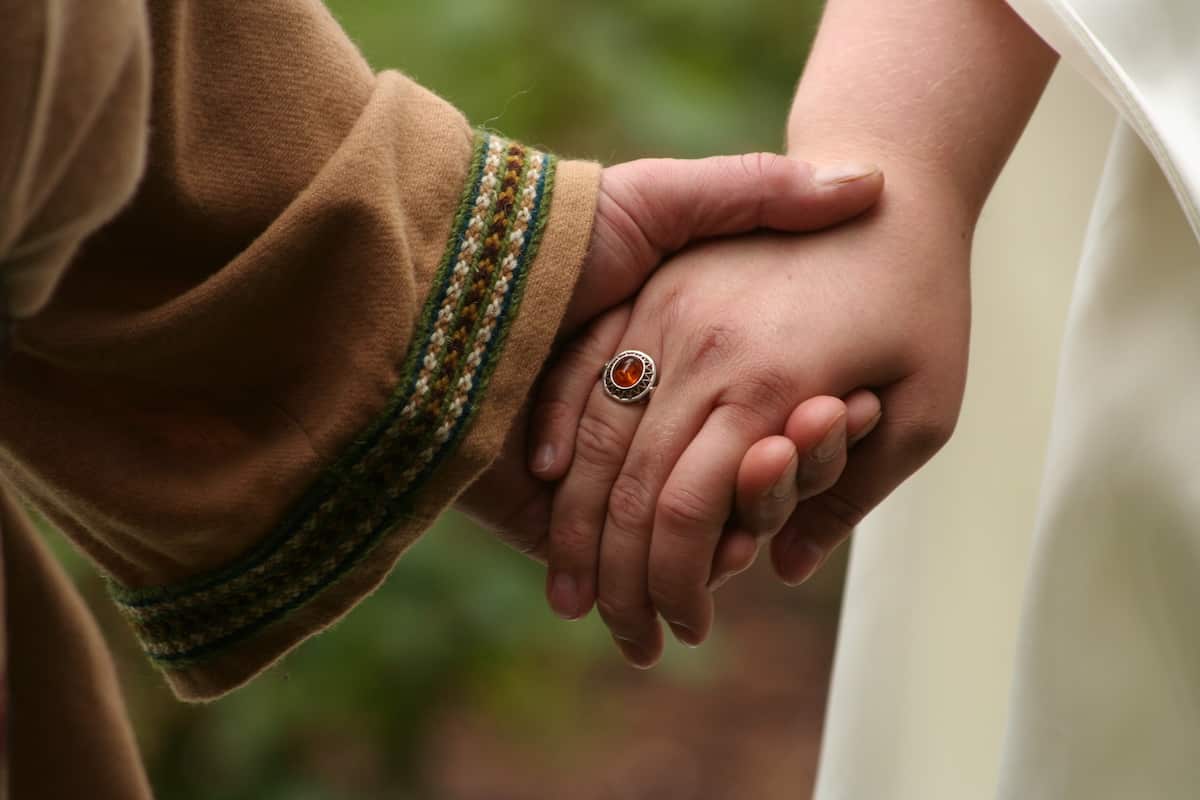 Rings
Rings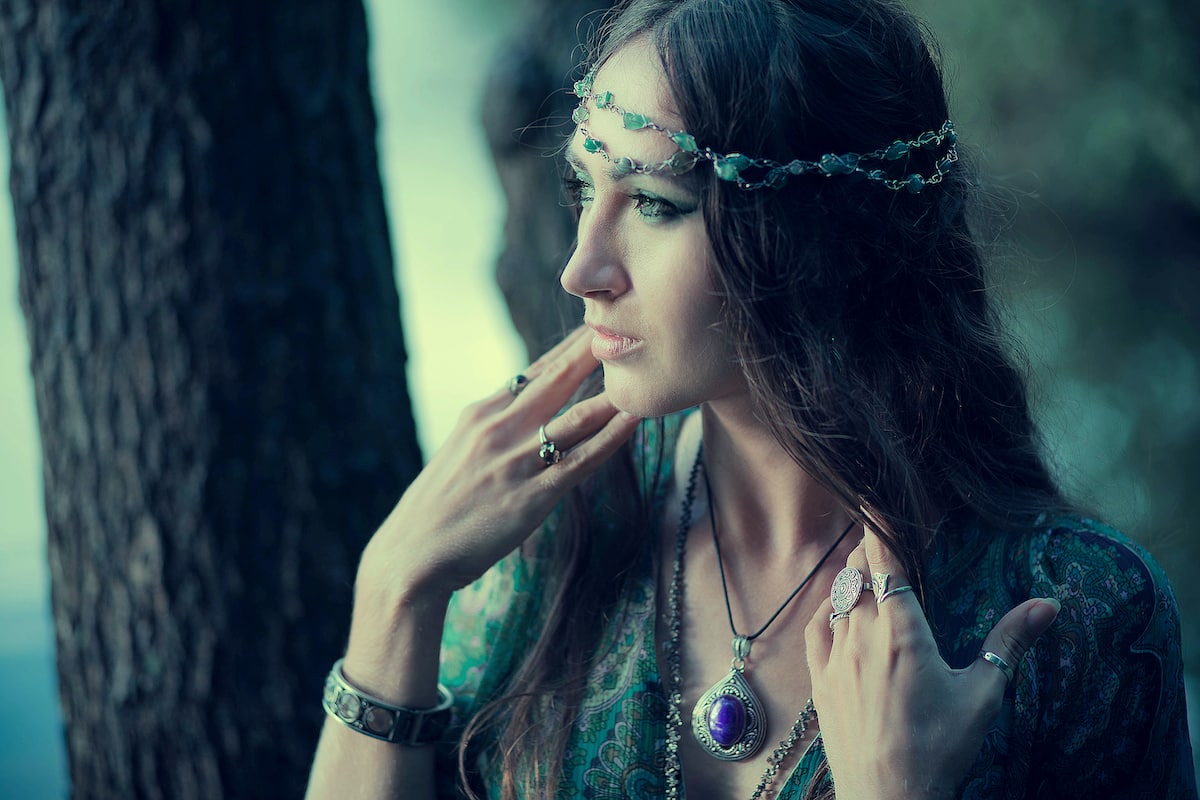 Necklaces & Pendants
Necklaces & Pendants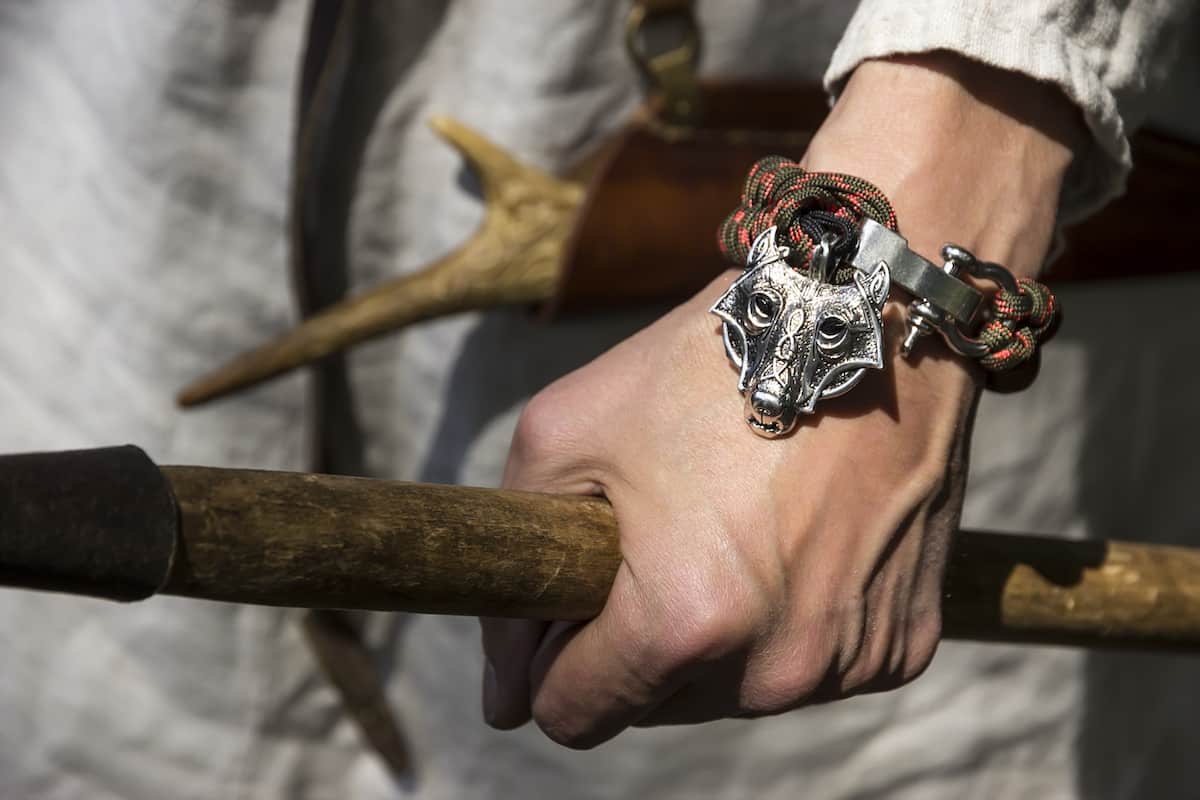 Bracelets
Bracelets